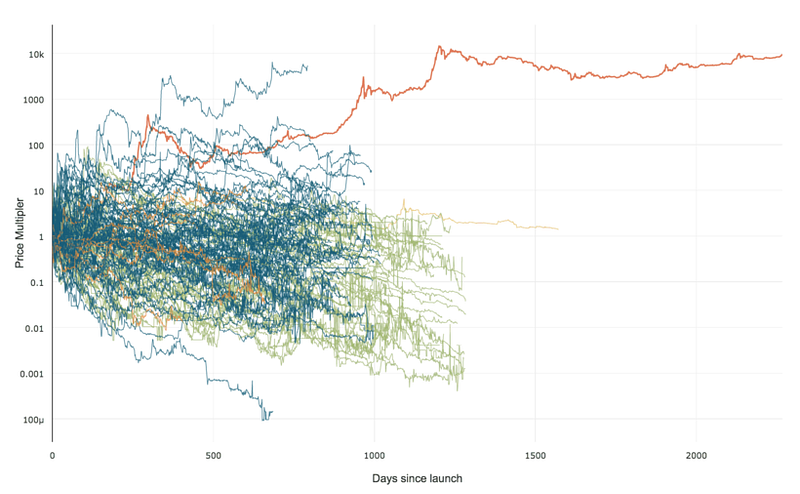 I wrote the following letter to the edtior of Intech Controls Magazine (www.isa.org/intech). It was published August 2004, page 9.
I wrote the following letter to the edtior of Intech Controls Magazine (www.isa.org/intech). It was published August 2004, page 9.
Regarding the May 2004 issue of Protocol, the article “Sharing data” by Ron Fredericks does a good job of finding common ground between Windows and Linux, white box PCs, and embedded processors. The author promotes the utility of the Common Internet File System, adopted and customized from the PC world into the embedded world.A few pages later the article ”In sync” by Kendal Harris, Anatoly Moldovansky, and Steve Zuponcic introduces the CIP Sync service that provides time synchronization down to fractional milliseconds between embedded devices connected with Ethernet/IP links, while maintaining compatibility with UDP [user datagram protocol] and TCP.
Time synchronization could be another area of common ground and cross-fertilization between the white box PC world and the embedded world. Commercial software is available, or you can use open source tool sets.
If world time is needed, many installations can connect to free Internet time servers with an accuracy of fractional seconds, using tools such as the NTP toolset in the Linux world . Alternately, Rossi Engineering provides two free solutions to pull time synchronization directly off radio waves, through a sound card, into your computer: CHU, version 0.1.29 available at www.rossi.com/chu, or WBZ, available at www.rossi.com/wbz/.
In this way real world time can he obtained with no external Internet connection. If your network needs time synchronization, but not real world awareness, you could designate one of your computers as “master,”or purchase a commercial time master, and slave the rest of the computers to the master.
If time synchronization is possible with tools already available, why does the embedded world need its own separate standard? That is not a rhetorical question. If there is a good reason, then comparing the multiple protocols would have added tremendous value to the article.

 99% of ICOs Will Fail
99% of ICOs Will Fail The 10,000 year view of cryptocurrency
The 10,000 year view of cryptocurrency